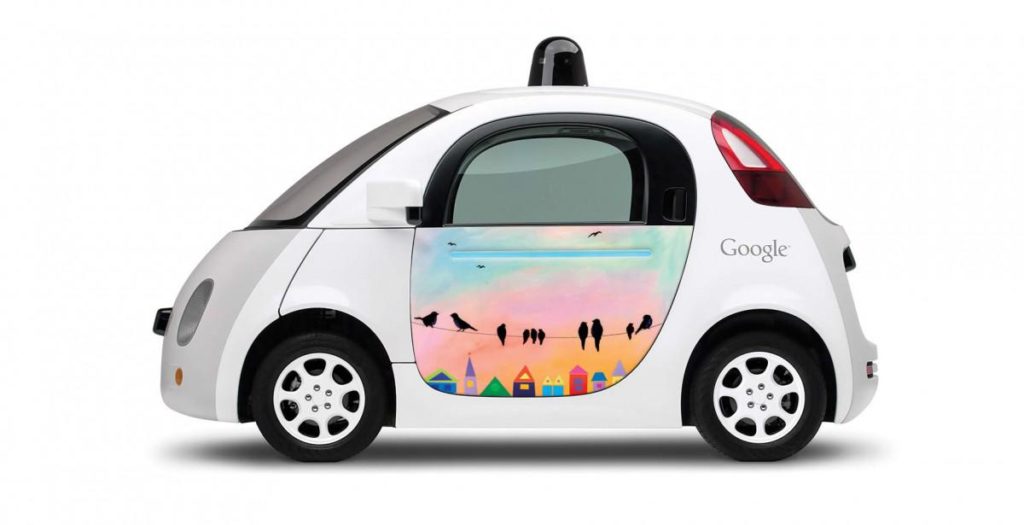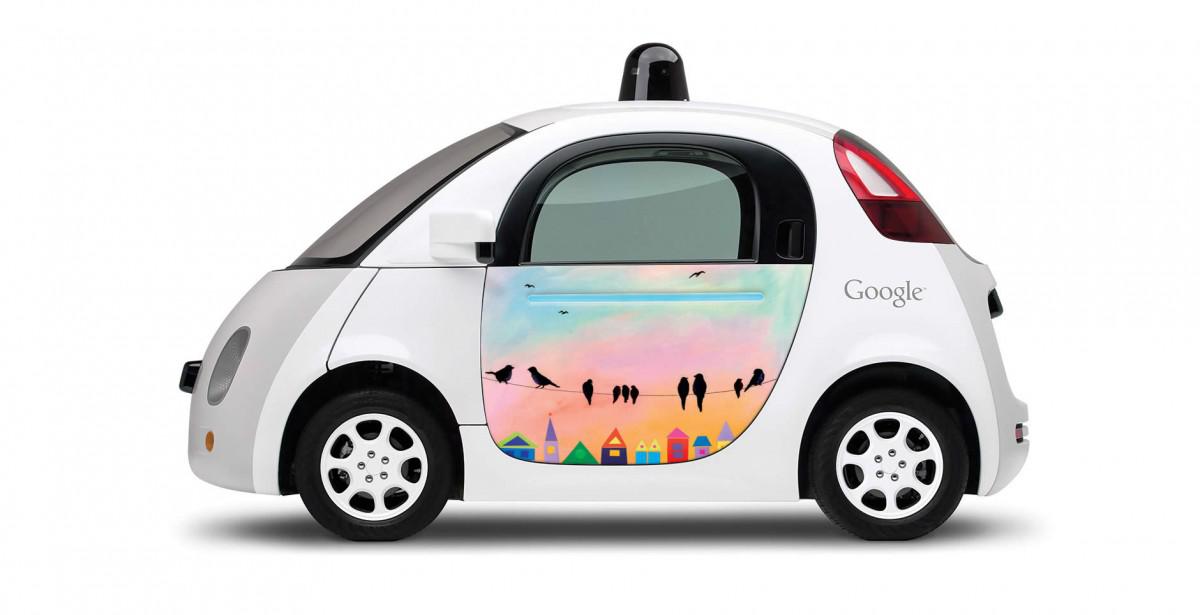Self-driving cars will occur widely on our roads at some point. Self-driving cars can help drastically reduce car accidents as reasonably as improve the rate of life for everyone.
Typically, the average household overlooks have two vehicles used 5 % of the time and parked the other 95%.
A driverless car does not require a fixed location during working hours. It can drive you to work and take family members to another place. If you opt into a car share plan with others traveling the same route as you, the price of accomplishing.
 Driverless vehicles will mobilize our disabled, aged population. The effect on the health industry will be significant. People who found it difficult to leave their homes will be able to go out without less struggle before. Imagine the elderly neighbor who works to walk to the closest convenience store, and They will now be able to gather driverless cars for essential and social meetings and, in turn, be less isolated.
Driverless vehicles will mobilize our disabled, aged population. The effect on the health industry will be significant. People who found it difficult to leave their homes will be able to go out without less struggle before. Imagine the elderly neighbor who works to walk to the closest convenience store, and They will now be able to gather driverless cars for essential and social meetings and, in turn, be less isolated.
Today, we see a lot of self-driving vehicles testing on the roads in a controlled environment under the supervision of a human driver on a good route and under environmental conditions.
Researchers indicate that by.2o25, there will be approximately 8 million self-supported or automated vehicles on the road. However, before joining roadways,self-driving cars will preferably have to progress through six levels of driver assistance technology improvement.
Level 0-No driving automation
Today, most vehicles on the road are at this level and manually handled. The human the emotional driving task and their live techniques place to help the driver. Information sources include GNSS, vehicle motion sensors, and road maps live connected using an information fusion algorithm such as map-matched information provided to the human driver for assistance and guidance. An example of level 0 automation would be the emergency braking technique.
Level 1-Driver assistance
In the living level of automation, the vehicle features a single automatic system for driver help, such as steering acceleration or voyage control. Adaptive voyage control, where the vehicle is handled a safe length from the surrounding cars, limits level 1 automation. The human driver monitors and controls the other elements of driving.
Level 2-Partial driving automation
(ADAS) Can control both steering, revving, and decelerating. The human driver sits in the driver’s seat and takes control of the car.
Level 3-conditional driving automation
Level 3 vehicles have environmental detection power and can make informed judgments, such as helping with an emergency stop by decelerating and stopping the vehicle while warning surrounding cars. Human override is composed at this level. The driver remains alert and ready to take control of the system but is incapable 0 completing the task.

















